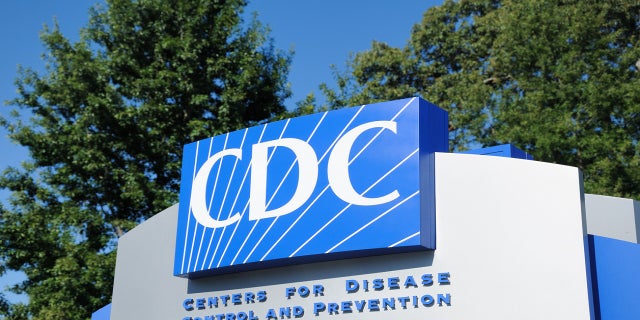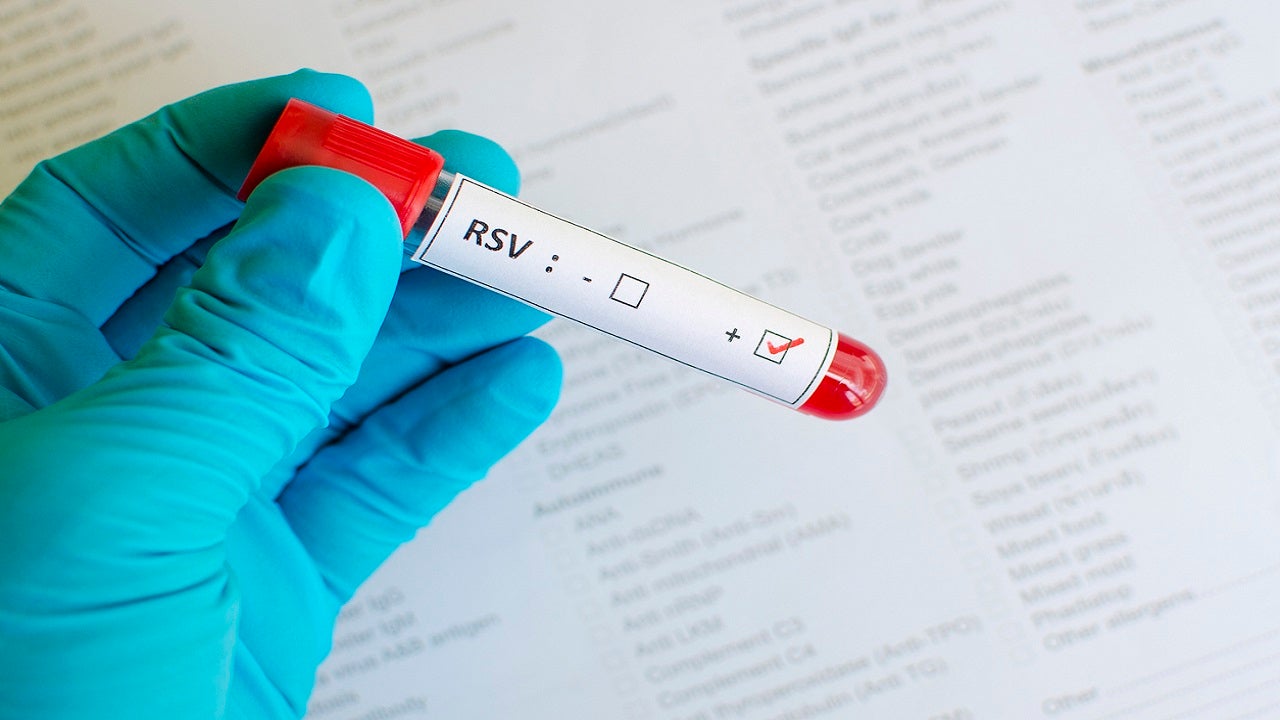Cases of several infectious-disease” target=”_blank”>sexually transmitted diseases<, according to a published report from the Centers for Disease Control and Prevention (CDC), released this week.
The number of reported cases of syphilis, gonorrhea and congenital syphilis surpassed 2019 levels, while chlamydia declined, according to a news release about the health report.
The federal health agency said the number of STD cases originally declined during the early months of the pandemic in 2020 – but re-surged later in the year.
COVID-19 SUBVARIANT XE: WHAT TO KNOW
“There were moments in 2020 when it felt like the world was standing still, but STDs weren’t. The unrelenting momentum of the STD epidemic continued even as STD prevention services were disrupted.” Dr. Jonathan Mermin, the director of the CDC’s National Center for HIV, Viral Hepatitis, STD and TB Prevention, said in the CDC release.
The report stated that the number of reported cases of gonorrhea was up 10%, while primary and secondary (P&S) syphilis was up 7%, compared to 2019. Congenital syphilis also increased by 15% from 2019 and 235% compared to 2016, the federal health agency said. The CDC stated that early data revealed that primary and secondary syphilis and congenital syphilis cases also continued to rise in 2021.

Cases of several sexually transmitted diseases rose during the first year of COVID-19 pandemic, according to a CDC report.
(iStock)
The federal health agency said the 2020 STD data showed the groups that continued to experience higher rates of STDs included young Americans; gay and bisexual men; and some racial and ethnic minority groups. The CDC found lack of access to consistent medical care, stigma and discrimination as possible reasons contributing to this trend.
END OF COVID-19 PANDEMIC COULD BRING MAJOR TURBULENCE FOR US HEALTH CARE
“The COVID-19 pandemic increased awareness of a reality we’ve long known about STDs. Social and economic factors – such as poverty and health insurance status – create barriers, increase health risks, and often result in worse health outcomes for some people,” Dr. Leandro Mena, the director of the CDC’s Division of STD Prevention, said in the release. “If we are to make lasting progress against STDs in this country, we have to understand the systems that create inequities and work with partners to change them. No one can be left behind.”
While many sexually transmitted diseases increased, the number of reported cases of chlamydia decreased by 13% from 2019, according to the report. Underdiagnosing and decreased screening for STDs during the pandemic could be the reason for this trend, rather than a decline in new infections, the CDC release explained.

The CDC said the number of STD cases originally declined during the early months of the pandemic in 2020 – but re-surged later in the year.
“The COVID-19 pandemic put enormous pressure on an already strained public health infrastructure,” Mermin said in the release.
The strain likely contributed to several factors that led to the initial decline in reported STD cases during the first part of 2020, the report found, citing the following factors:
- Reduced frequency of in-person health care services as routine visits decreased, resulting in less-frequent STD screening;
- Diversion of public health staff from STD work to respond to the COVID-19 pandemic;
- STD test and laboratory supply shortages;
- Lapses in health insurance coverage due to unemployment; and
- Telemedicine practices that led to some infections not being captured in national data.
CLICK HERE TO GET THE FOX NEWS APP
The CDC said a group effort is needed to regain lost ground in preventing STDs.
This effort would involve community-based organizations; public health workers; local executive systems and clinics; and health care providers in public and private sectors, all to help rebuild and expand STD prevention and control in the United States, the federal agency reported.
 Iktodaypk Latest international news, sport and comment
Iktodaypk Latest international news, sport and comment






